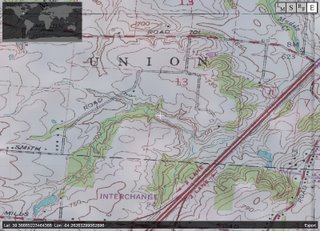Earlier in the week, the Guardian had a great article titled Spread the word, and join it up. It covers some of the usual ground about how HTTP was about presentation and the semantic web is about Data and serves as a good introduction to the topic.
What some of the later comments in the article got me thinking about was how the forces behind the growth of the web and the adoption of open source may (finally) be driving factors behind the growth of more semantic content on the web. The web, I think, really changed the thinking in most corporations in that it became ‘okay’ to share without having to control the sharing.
Open source changed the way that corporations and individuals thought about collaboration and product development. Adopt some time tested code into your own (internal) project and be that much further ahead in the development cycle. Contribute some code or even an entire project to the open source community and (based on the merit of the code or product) see it take on a new life and grow in ways that the originator never imagined.
Stir in the relatively recent development of products and even companies having APIs (web 2.0?) that allow users to combine them in new and creative ways and you have a pretty interesting environment for your data, which, after all, is what the semantic web is all about.
Now, get your data ‘out there’ in RDF and see what creative linkages and constructions that can be crafted on the web. In some cases, I can see this having a real multiplying effect — as more and more quality data is available in a machineable format the value increases — much like the network effect that was seen with fax machines. While the fax network effect was strictly about point to point communication, the semantic web impact will be in bringing together diverse data sources in new ways and creating new value in the combinations.
technorati tags: semanticweb, rdf, opensource, ideas, guardian

